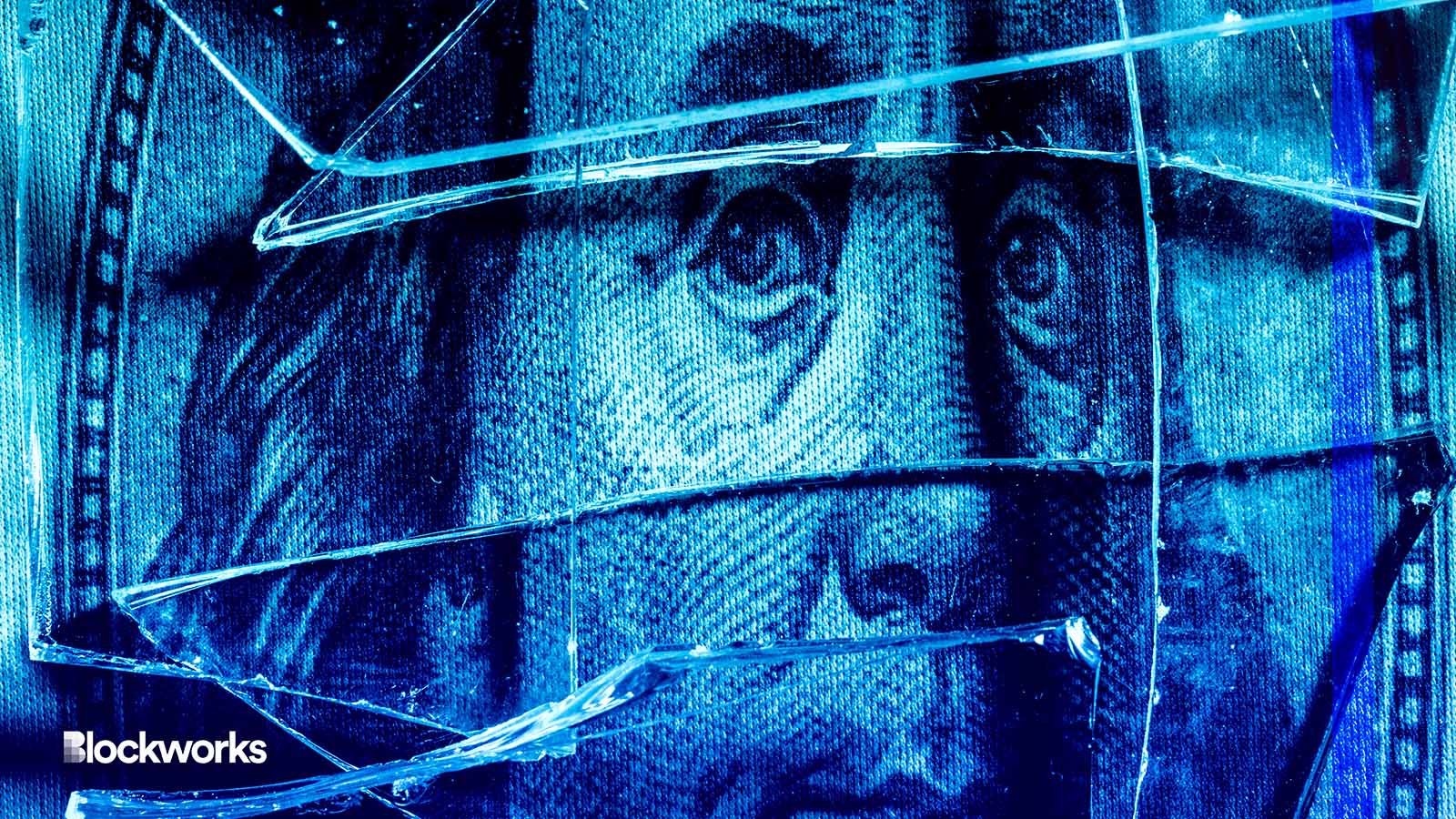Learning From Past Mistakes: America’s Commercial Banking System
Which banks get bailed out and which don’t? Nobody seems to know

Vladfotograf/Shutterstock modified by Blockworks
In response to the 2008 global financial crisis, America’s banking system made some pretty major changes. Now, with a rash of collapses and the government’s inconsistent response to the current crisis, the re-jigged economic machine is drawing more scrutiny.
Unfortunately, sliding the government’s vague bail-out policies under the microscope does not seem to make the view any more clear.
Which banks get to be saved and which are allowed to fail? Nobody seems to know with certainty.
“The government has not explained objective criteria for who they bail out and who they don’t,” says Jan VanEck, CEO of the eponymous ETF and mutual fund manager, on a recent On the Margin podcast.
A little perspective
In an effort to look at the current situation with perspective, VanEck reflects on the history of American monetary policy. He points out that in 1968, when his father began the first gold fund in the United States, owning gold bullion was uncommon — for good reason.
“I’d like to remind Bitcoiners that he couldn’t buy gold bullion at the time. Why? Because it was illegal.”
“All of the bullion was supposedly delivered to the federal government. So you could buy coins, but you couldn’t buy bullion.”
Monetary policy concerned VanEck’s father, he says.
Gold was fixed at a government-imposed price of $35 an ounce at the time, but VanEck says his father “looked at the government spending at the time and the growth and the money supply and he said, ‘This is just not going to hold.’”
It didn’t, soon diverging from the fixed exchange ratio and rising rapidly after the government removed the dollar’s gold-backing.
Getting a little political about it
VanEck suggests we must learn from the past. “One of the things you can learn is that change can be unbelievably rapid.”
The possibility of rapid change is now cropping up with the recent trend in bank failures. “I don’t want to be overly dramatic, but I do think that we should question the whole structure of the commercial banking system,” VanEck says.
“Commercial banks are inherently fragile institutions,” VanEck explains, “If everyone goes to the ATM on the same day, literally no bank can survive that kind of run on deposits.”
Which is why, VanEck explains, the system has “a central bank that we set up a hundred years ago,” to provide a line of credit and keep things afloat.
After the 2008 global financial crisis, the federal government passed the Dodd-Frank Act to set some rules for banks around risky loans. Since then, “all the big banks have gotten out of risky lending.”
Combined with the aforementioned fragility of banks today, the government needs to act as a “reliable backstop” for smaller alternatives.
The problem being, VanEck says, the government is acting “a little political about it.”
“We don’t like crypto and you’re a crypto bank?”
“Bang! I’m gonna shoot you.”
“Credit Suisse, you know what? You’ve messed up one too many times on your risk management or money laundering or whatever, or upset the Swiss government. So boom, I’m gonna shoot Credit Suisse.”
“I’m not gonna shoot UBS, I’m gonna shoot Credit Suisse.”
The government has not provided clear criteria for who can be bailed out, he says.
“Like, First Republic. Why are they not getting the money? Or, why are they getting the money in a distorted way? I think investors are starting to question that.”
That’s not what banks do
Since Dodd-Frank, major commercial banks were lending less, causing demands for alternative lending to increase, VanEck says. The phenomenon grew while government policies remained unpredictable.
“Everyone in technology got reminded of this in a dramatic way through Silicon Valley Bank, where we got to experience a weekend not knowing what the government was going to do.”
“We’ve been reminded of that fragility.”
VanEck suggests people are interested in finding ways to invest through new vehicles, whether it be via stablecoins or money market funds, but with “one hundred percent transparency” and reliability.
“That’s not what banks do,” he says.
“It’s not a financial institution that’s providing money to the real economy,” VanEck says.
“I don’t know how this plays out, but I do think that we’ve seen this, you can at least argue, a big restructuring of banks over the last 10 years, along the lines of what I just described.”
Host Ippolito agrees, noting that people are “waking up to the idea” that banks act as “levered bond funds.”
“When you deposit your funds at a bank, they’re turning around and lending that and the capitalization ratio is at least 10 to one.”
“It reminds me of the old Henry Ford quote,” Ippolito says, “It’s well enough that the people of America don’t understand the banking system.”
“If they did, there’d be a riot in the streets tomorrow.”
Get the news in your inbox. Explore Blockworks newsletters:
- The Breakdown: Decoding crypto and the markets. Daily.
- 0xResearch: Alpha in your inbox. Think like an analyst.






